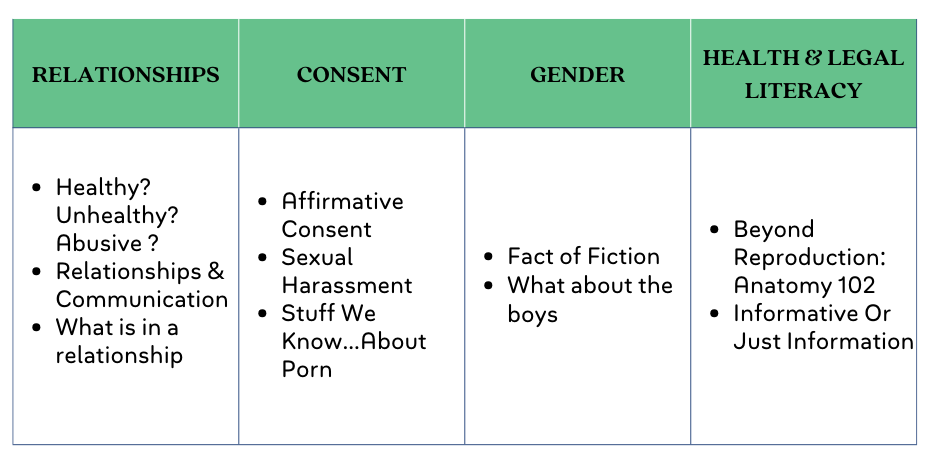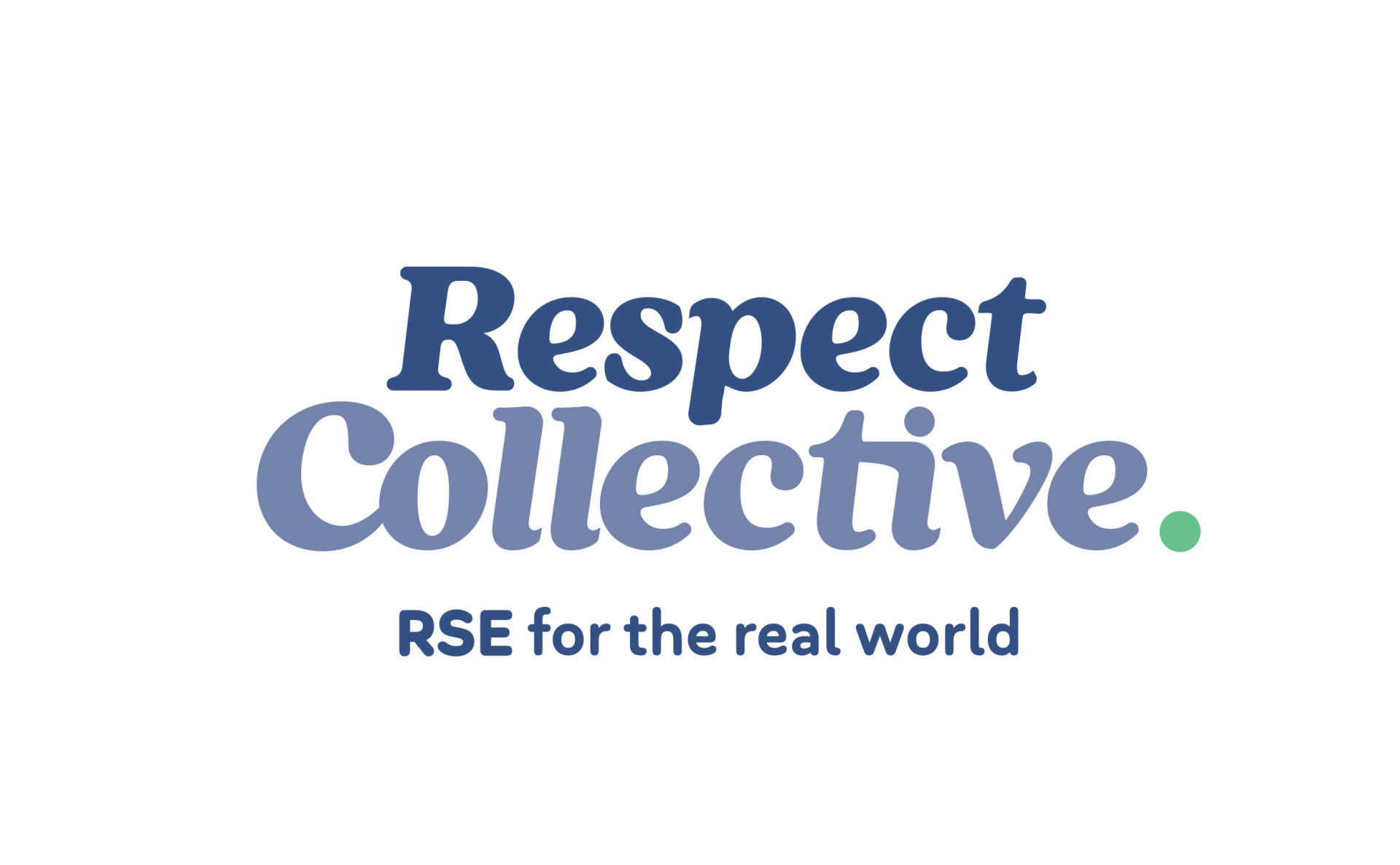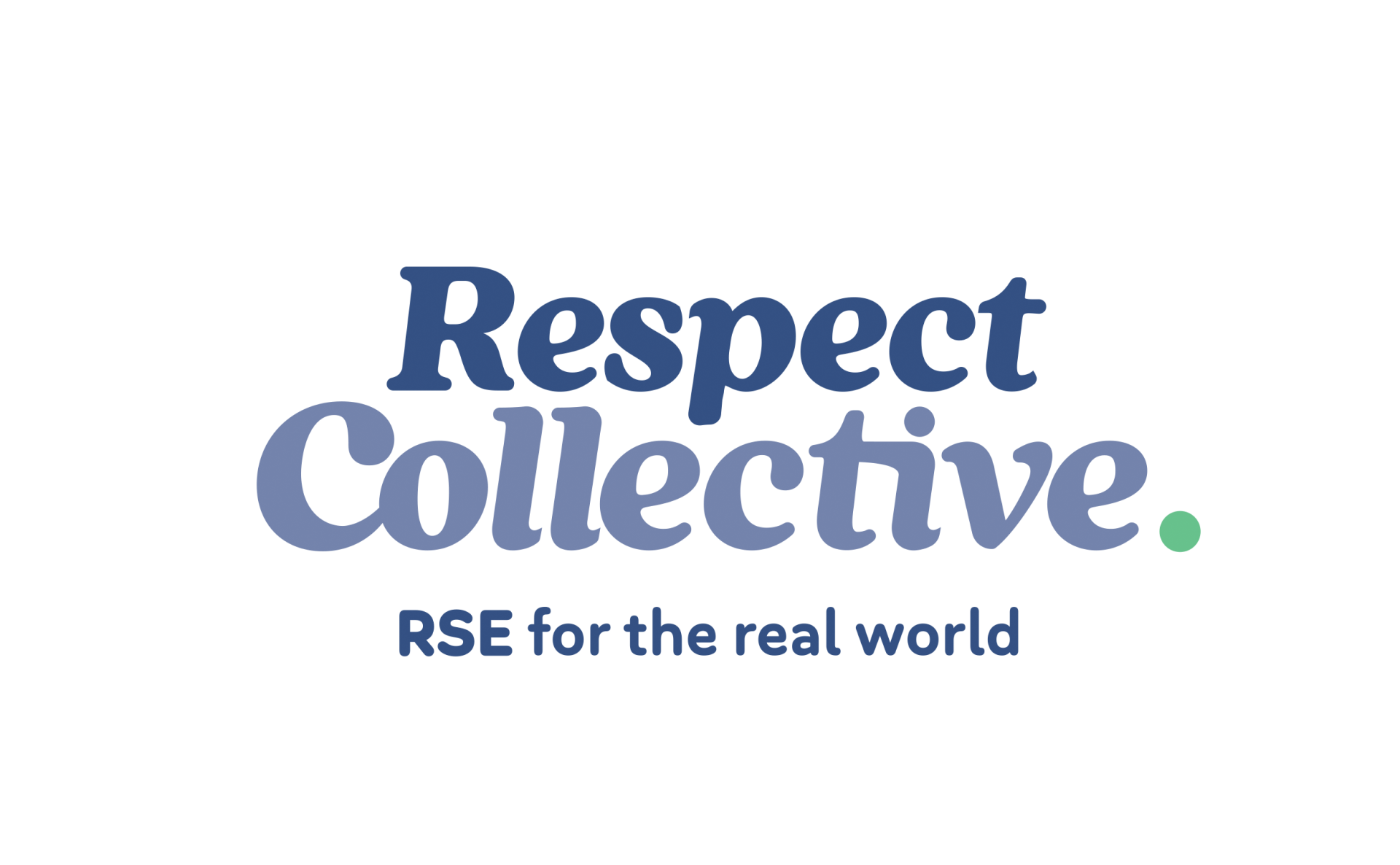In this
Fact or Fiction? lesson, students will expand on the concept of gender stereotypes and their relationship to sexual desire and consent.
They will examine ideas (or misconceptions!) about gender, sexual desire and sexual behaviour through a Fact or Fiction quiz. Students will then select one of the misconceptions to further develop their understanding of the issues through explanation development. When we inspire young people to question gender stereotypes, we enable them to make more informed choices about their futures, to broaden their opportunities and to be exactly who they want to be.
Each lesson ends with a consolidation activity, inviting students to list 1
thing they have learnt from the lesson, 1 thing they already knew, 1 piece of
advice they would share with a friend, and 1 adult or organisation that would
be helpful in relation to the lesson topic.


